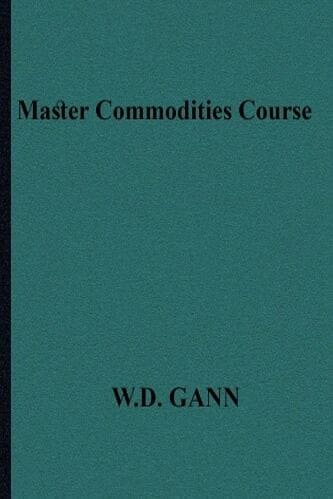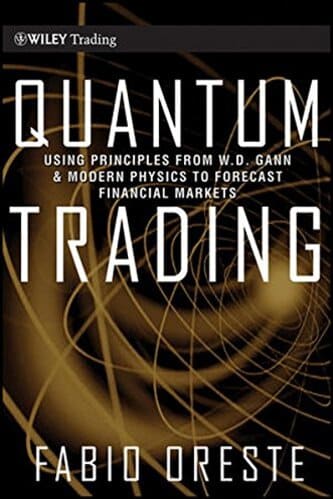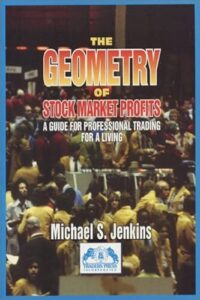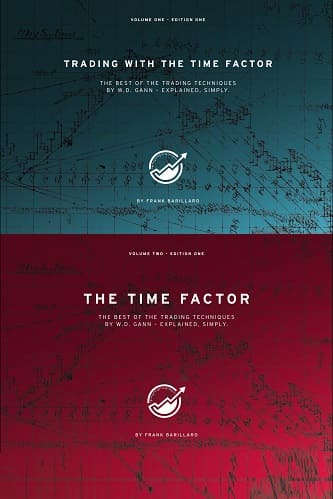Articles
Dynamic Gann Levels By Don Fisher
There are two basic approaches to market analysis: fundamental and technical. The trader using fundamental analysis is interested in the underlying supplydemand dynamics of the market. He looks at factors such as the size of this year’s crop (if it’s an agricultural or food commodity), the industrial supply (if it’s an energy or industrial metal), weather conditions in various parts of the world, the impact of government programs, etc.
The technical approach maintains that the only factor that really matters when you are trading stocks or commodities is price action itself. Price action alone reflects all that is known about the impact of fundamentals or crowd psychology on any given date. If the price of silver moves up 10 cents, it is not really important for me to know why it moved up; the reality is that it did move and I need to concern myself with how I should react to that situation, regardless of what caused it.
The major criticism of technical analysis is that market action is random: up-anddown without any rhyme or reason. Attempts to try to recognize chart formations or patterns to use as signals are futile to those who rely on the fundamental approach. It must be admitted that trying to see a “head and shoulders” top on a chart can be tricky for many of us. Chart patterns tend to be fairly subjective and imprecise.
But what if there is a more precise way of looking at price action . . . what if there is another way of thinking about price and time when it comes to the stock and commodities markets? That is the subject of this paper.
Whatever has happened before will happen again.
Whatever has been done before will be done again.
W. D. Gann was a legendary trader from the first half of the 20th century whose theories were based, in part, on geometry. Gann believed in a natural order to the entire universe, and that this order could be seen in mathematical relationships which occurred in nature and in the stock and commodities markets.
Gann used a variety of studies and approaches to predict market action. His most famous prediction involved the wheat market in 1909, when on the last trading day of the month September Wheat hit the high predicted by Gann. Unfortunately, much of his work is shrouded in mystery, with charts and graphs and scrawled notes but little that is usable unless it is reworked.
Suggested Books and Courses About Gann’s Methods
Quantum Trading: Using Principles From W.D. Gann and Modern Physics to Forecast the Financial Markets
Original price was: $18.50.$9.25Current price is: $9.25.The Geometry Of Stock Market Profits
Original price was: $23.02.$11.51Current price is: $11.51.Trading with the Time Factor (Vol 1 and 2)
Original price was: $47.30.$23.65Current price is: $23.65.Gann put much emphasis on understanding the relationship between time and price. In fact, one of his most famous quotes is “When time and price coincide, change is imminent.” He believed that price action was not random, but the result of the influence of “points of force” found in nature. With his mathematical equations, Gann felt he could confidently predict future targets for both price and time. Using his special charts, astronomical data, Gann dates and angles and lines, seasonal time periods and many other methods, he made his now famous predictions.
While not following Gann in many of his more esoteric methods, the method you are about to learn does recognize the orderliness of market price movement and the importance of mathematical relationships between past price swings and future price action. As you will discover, there are often key alignments of price and time which you can see developing right before your eyes. Recognizing these critical points, you will be alert to the possibility of imminent change.
Just as a meteorologist studies weather patterns, climate, atmospheric conditions, and many other areas to make an intelligent conclusion based on his research, so we are going to study the action of markets in following certain relationships which can be expressed as mathematical equations. Even with the equations, we cannot say what the markets will, in fact, do — instead, we are alert to the possibility of certain market behavior at specific times and can react when we see the market begin to respond as we had thought.
Those who study market cycles find there is often a correlation between the projected cycle highs and lows and the actual market behavior; the big problem with cycles is their imprecise quality. What we will be learning is much more precise, allowing us to have stop-loss locations, profit objectives, trailing stops, and so forth.
Please remember this important principle: we’re not so much attempting to predict what the market will do; instead, we’re preparing ourselves to respond to what the market itself is doing at certain mathematically calculated points of time and price coincidence.
- Download Dynamic Gann Levels




